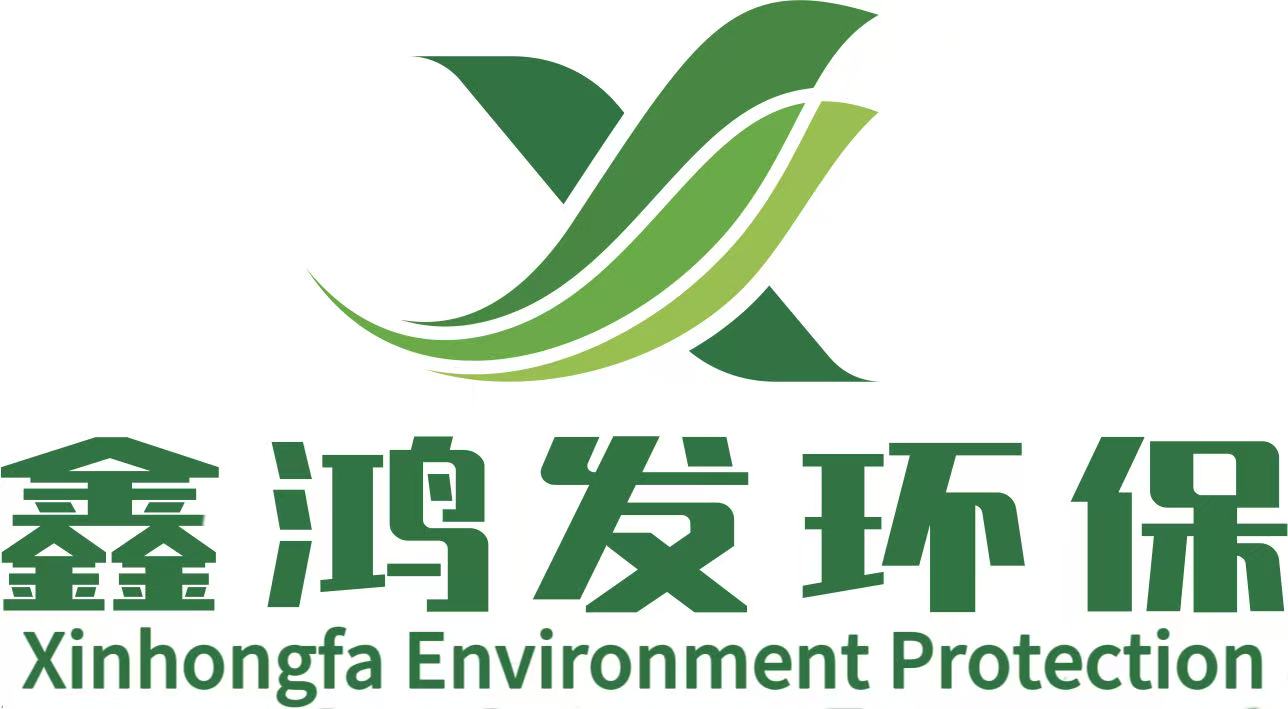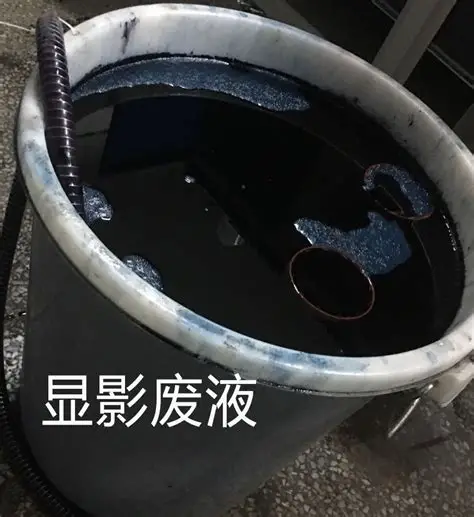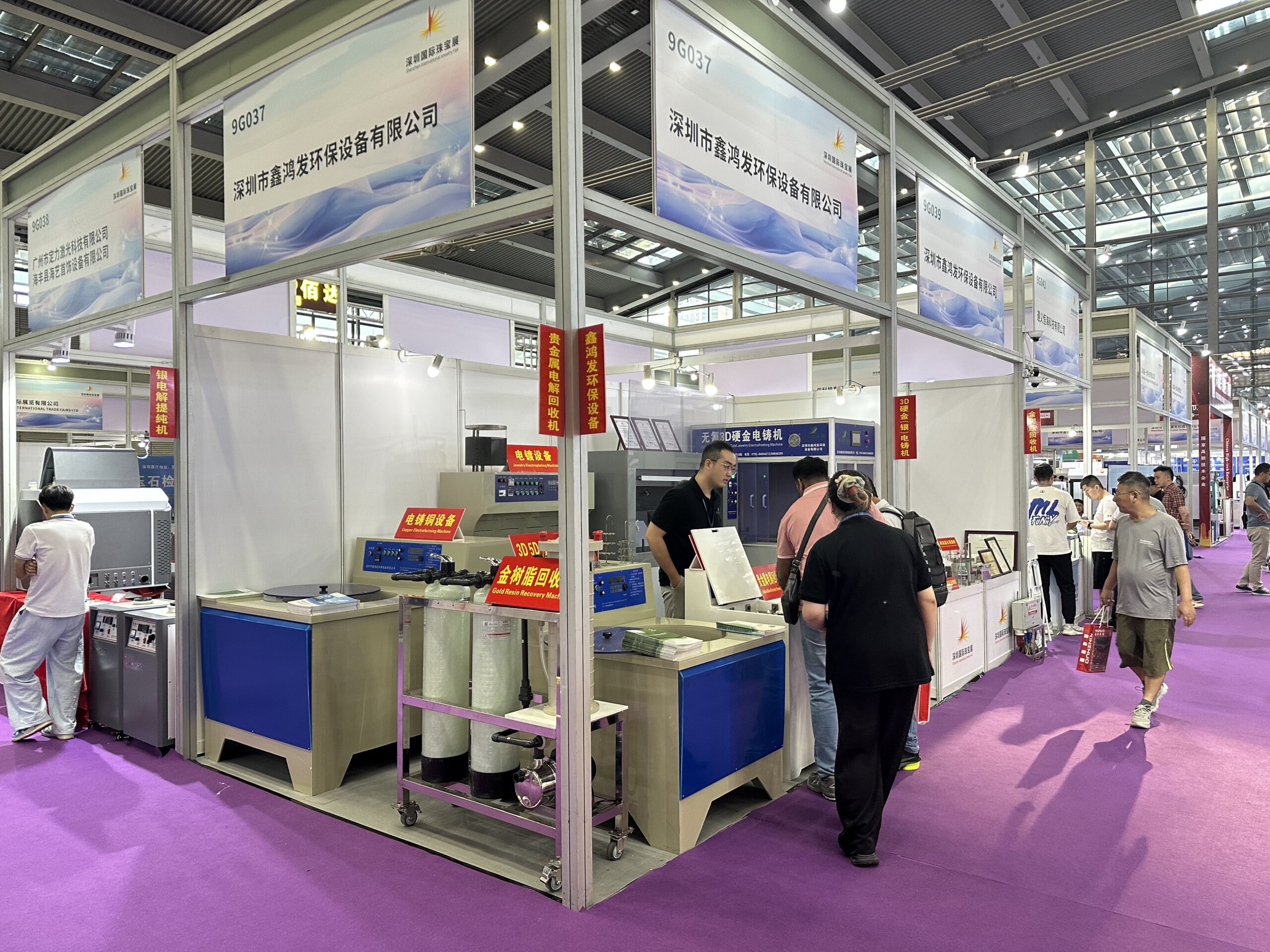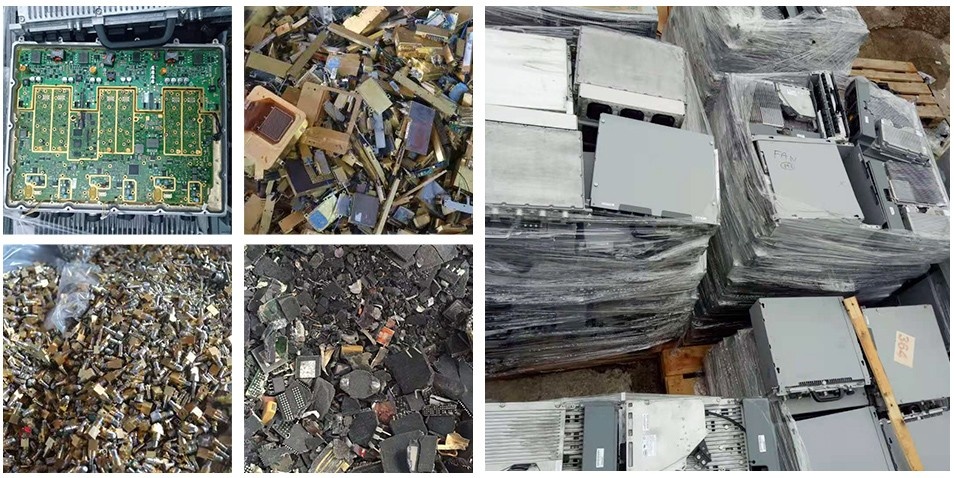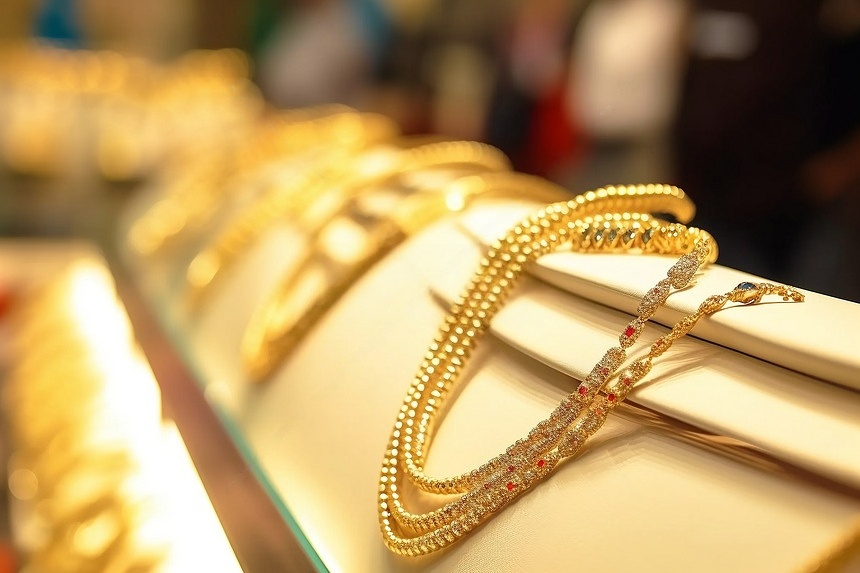Chapter 1: Sources and Composition Analysis of Waste Fixer Solution
Fixer solution is an essential chemical in industries such as photography, film processing, printing plate making, and X-ray image processing. Its primary function is to dissolve undeveloped silver halide from imaging materials, ensuring stable image preservation. However, during mass production, these fixer solutions gradually become saturated after repeated use, losing their fixing ability and forming what is known as “waste fixer solution.”
The most economically valuable component in waste fixer solution is silver ions (Ag⁺). In actual analysis, silver concentrations typically range from 3–6 grams per liter, with an average concentration of approximately 4 grams per liter. This means that a precious metal recovery machine capable of processing 20 liters of waste solution can recover approximately 80 grams of silver in a single operation. The source of this silver includes residual silver halides (AgBr, AgCl) in the imaging emulsion, which are dissolved by complexing agents (such as sodium thiosulfate, Na₂S₂O₃) during the fixing process to form complex silver ions [Ag(S₂O₃)₂]³⁻].
These complex silver ions are stable in liquid and difficult to separate by simple precipitation, so electrolysis is required for reduction and recovery.
Chapter 2: Disadvantages of Traditional Chemical Recovery Methods
In the past, many small laboratories or photofinishing plants used chemical precipitation and displacement methods to recover silver. For example, iron flakes or copper scraps were used to displace silver powder, or strong oxidants were used to convert silver ions. However, these traditional methods have significant drawbacks:
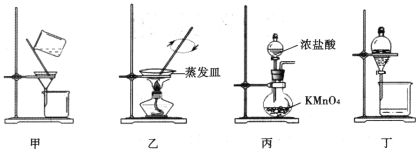
1.Chemical agents are highly hazardous:
For example, using dichromates (such as K₂Cr₂O₇) as bleaching agents releases highly oxidizing ions (Cr₂O₇²⁻). These ions easily generate highly toxic hexavalent chromium ions (Cr⁶⁺) in an acidic environment, posing serious risks to both humans and the environment.
2.Uncontrollable reactions and low silver purity:
Chemical precipitation methods are prone to contamination with impurities (iron, copper, and sulfur), resulting in low silver powder content and difficulty in refining.
3.Wastewater still contains residual silver, making complete recovery impossible:
Typically, only 70–80% of the silver can be recovered, with the remainder discharged with the wastewater, resulting in both waste and pollution.
4.Complex operation and high pollution:
Using dichromates or bleaching agents in an acidic environment produces harmful gases (such as SO₂ and NOₓ), which do not meet modern environmental standards.
As a result, chemical replacement methods are gradually being phased out internationally in favor of electrolytic silver recovery.
Chapter 3: Basic Principles of Electrolysis
Our company’s developed precious metal electrolytic recovery machine efficiently extracts silver based on the principle of electrochemical reduction. Its core reaction is as follows:
![]()
During the electrolysis process:
-The anode (+): is an inert material (usually titanium or graphite) that remains stable.
-The cathode (–): is a stainless steel or pure copper plate, on whose surface the silver ions are reduced to metallic silver.
-The electrolyte: is the spent fixer solution itself; no additional reagents are required.
After a period of time, the silver will form a silver layer or silver powder deposit on the cathode surface, which can be directly scraped off or dissolved and purified.
Chapter 4: Advantages of Our Precious Metal Electrolytic Recovery Machine
1. High Recovery Rate
The equipment can achieve a silver recovery rate of ≥98%, with the silver concentration in the residual liquid as low as below 20mg/L, fully complying with environmental emission standards.
2. Automatic Control System
The built-in intelligent current and voltage control module automatically adjusts the electrolysis speed to prevent bubble interference or silver powder splashing caused by over-electrolysis.
3. Environmentally Friendly and Energy-Saving Design
The entire machine utilizes a corrosion-resistant PP tank that is acid and alkali resistant, requiring no strong oxidizers or hazardous chemicals. It saves 30% of electricity compared to chemical methods.
4. Low Maintenance Cost
The modular design allows for replaceable electrodes and easy cleaning. The equipment has a continuous operating life of over 8 years.
5. Wide Range of Applications
It can process a variety of silver-containing waste liquids, including: Waste Fixer Solution, Photographic Bleaching Solution, Electroplating Rinse Water, Iodized Etching Solution.
Chapter 5: Operation Process and Usage Steps
1. Wastewater Pretreatment
Filter the spent fixer solution to remove impurities and suspended particles, ensuring smooth flow. If the solution contains glue or film residue, filter it through a cloth filter first.
2. Add to the electrolytic cell
Inject the waste liquid into the equipment in proportion (e.g. 20L) to ensure that the liquid level covers the anode and cathode plates.
3. Set current and voltage
The recommended current density is 0.2–0.4 A/dm² and the voltage is controlled in the range of 2.5–4.5V.
4. Electrolytic recovery
After power is applied, silver ions begin to deposit on the cathode, which takes approximately 4–6 hours. This time can be adjusted according to the wastewater concentration.
5. Collection and Cleaning
After the electrolysis is completed, stop the machine, remove the cathode, scrape off the silver layer, wash and dry it to obtain silver powder with a purity of more than 99%.
6. Waste liquid testing
Use reagents to detect the residual silver content. If it is still higher than 50mg/L, repeat the electrolysis until it meets the standard.
Chapter 6: Case Study
In 2024, our company partnered with a UK imaging laboratory that generates approximately 500 liters of waste fixer solution monthly. The laboratory previously used a chemical replacement method, resulting in a silver recovery rate of only 80%, and outsourced waste treatment.
After introducing our XHF Silver Recovery System, the silver recovery rate increased to 98.6%, allowing for the recovery of approximately 1.8 kg of additional pure silver per month, with a payback period of just three months.
Customer feedback indicated that the system is easy to operate and maintain, and complies with EU environmental standards (RoHS and REACH).
Chapter 7: Future Direction of Win-Win between Environmental Protection and Economy
Precious metal electrolytic recycling is not only a resource-saving technology but also aligns with global sustainable development and environmental protection. This process allows wastewater to be recycled in a closed loop, allowing silver resources to be reused, significantly reducing operating costs.
In addition, our equipment can be integrated with online monitoring systems to provide real-time visibility into current, voltage, temperature, and silver concentration, enabling businesses to achieve intelligent, unmanned management.
Conclusion
Recovering silver from waste fixer fluid is not only a technological innovation but also a manifestation of environmental stewardship. The elimination of chemical methods and the rise of electrolytic methods represent a green transformation trend across the industry. Our precious metal electrolytic recovery machines, with their core advantages of efficiency, safety, environmental friendliness, and affordability, are providing reliable silver recovery solutions to a growing number of imaging facilities, medical institutions, and metal recycling companies.
In the future, we will continue to optimize our technology, transforming every drop of waste fluid into treasure and allowing silver to shine once again.
